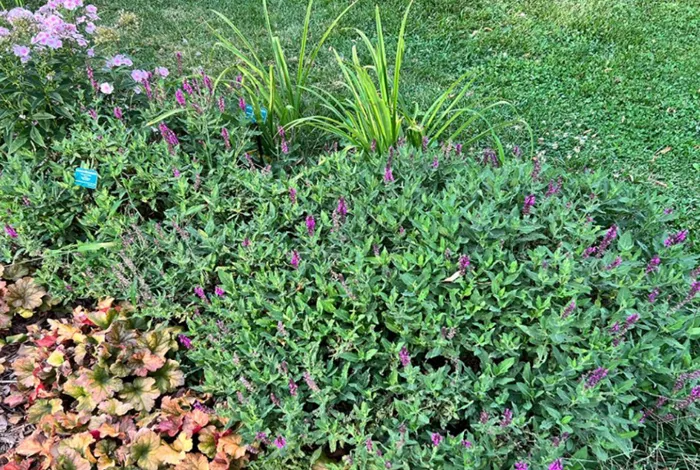Fall Gardening: The Importance of Dividing Perennials.
As the gardening season comes to a close, it’s essential to focus on the perennials in your garden. Perennials are plants that live for more than two years. They survive winter and return in spring. To keep these plants healthy and thriving, they often need some end-of-season care. One important task is dividing perennials, a process some gardeners refer to as “splitting” their plants.
Why Divide Perennials?
As perennials grow, they can become overcrowded. This crowding can lead to fewer blooms, poor growth, and increased risk of disease. To maintain plant health and performance, many perennials benefit from being divided every three to five years.
When to Divide:
Fall is generally the best time to divide spring and early-summer blooming plants. Dividing perennials in the fall fits well with other autumn gardening tasks. It allows gardeners to see exactly where the plants are located and assess their size. This can help identify gaps in the garden that need filling. Additionally, the cooler fall temperatures can reduce transplant shock, especially for plants with large roots or bulbs.
However, not all perennials do well when divided in the fall. Late-summer and fall-blooming plants usually perform better when divided in the spring, as their foliage is not also supporting blooms. Some plants, like daylilies, can be divided successfully in any season.
Popular Perennials for Fall Division
Here are some popular perennial plants that benefit from fall division:
- Allium
- Astilbe
- Black-eyed Susan
- Blanket Flower
- Coralbells
- Ferns
- Solidago
- Hosta
- Ligularia
- Mint
- Oriental Poppy
- Peony
- Phlox
- Salvia
- Shasta Daisy
- Siberian Iris
- Veronica
This list is not exhaustive. For more information, the University of Minnesota provides a comprehensive guide on perennials and their division times.
How to Divide Perennials in the Fall
When preparing to divide perennials in the fall, aim to do so at least four to six weeks before the ground freezes. This allows newly transplanted roots to establish before winter. You can find historical soil temperature data for your area on the SDState Mesonet website.
Each division should have about three to five leaves and a healthy number of roots. Typically, these can be taken from the outer edges of the parent plant.
Steps for Dividing Perennials:
Prepare the Area: Use a shovel or spade to dig four to six inches away from the base of the plant.
Lift the Plant: Gently tip or lift the plant out of the ground.
Clean the Roots: Remove the soil from the root system. This can be done by shaking or rinsing with a gentle stream of water. Make sure the crown and roots are visible.
Separate the Plant: Gently untangle the roots, rhizomes, or tubers using your hands, a sharp knife, or a spade. Aim to separate the parent plant into smaller sections.
Check for Health: Each new division should have three to five leaves and a healthy root system. Ensure the roots are free from discoloration or rot. Remove any weeds growing in the clump.
Store the Divisions: Keep the divisions in a shaded spot with moist roots until you can replant them. Ideally, replant them immediately.
Replant: Plant the divisions at the same depth they were growing. Spread the roots in the hole and cover them with soil. Avoid planting too deep.
Water and Mulch: Water the new plantings well. Add mulch to help retain moisture and improve their chances of surviving the winter. If fall rains are scarce, you may need to supplement soil moisture.
Conclusion
If your garden appeared crowded over the summer, dividing perennials will help you rearrange it before winter. You can also share healthy divisions with friends and family, making it an early holiday gift. By caring for your plants now, you will enjoy vibrant blooms and lush growth next spring, adding beauty to your landscape.
Related topics:
- Use This Common Kitchen Item to Keep Your Houseplants Fertilized Forever
- Fall Garden Planting Guide
- Essential Gardening Task for Achieving Your Best Flowers Next Year


